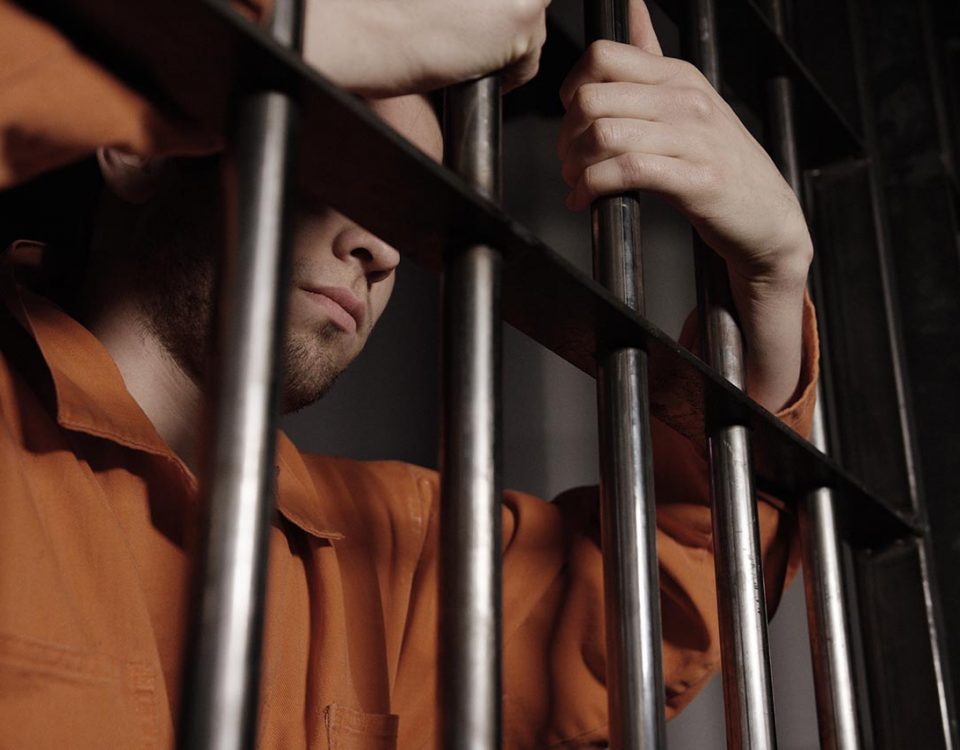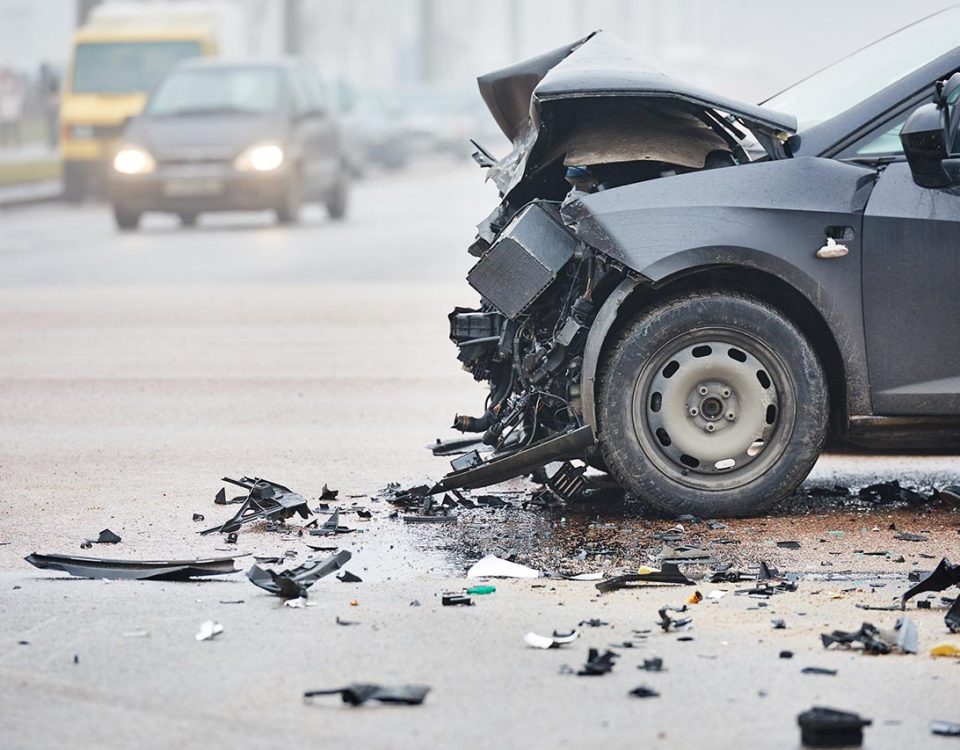Cocaine is a stimulant drug that was once used in several commercial products to heal various ailments.
Since that time, cocaine has been found to not only come with a variety of harmful side effects, but also be so addictive that residential addiction treatment or another treatment program is necessary to get people to quit. Now its medical use in the United States is limited, but that doesn’t stop people from getting a hold of this drug. In 2017, crack cocaine and powder cocaine made up 28.5% of all drug trafficking offenses in the United States.1 Cocaine in California is part of this problem.
California’s Cocaine Problem
While cocaine is distributed throughout the United States, California has its own cocaine problems. According to the United States Sentencing Commission, the Southern District of California was responsible for the fourth highest number of drug trafficking offenders in 2017.1 In particular, the amount of cocaine that was seized in this area significantly increased from 2001 to 2011 and reached levels as high as marijuana. In the following years, these numbers started to decrease.2Not surprisingly, the high influx of cocaine into the state at this time also lead to some high numbers of abuse. In 2010 and 2011, California was one of the states with the highest reported numbers of past-year cocaine abuse for people age 12 to 17.2 Like with the number of cocaine seizures in the state, these numbers started to decline in the following years.
Bigger cities tend to have the biggest problems with illicit drugs. In Los Angeles County for example, 4% of secondary school students had reportedly used cocaine before in 2018. This number has been slowly declining since peaking in 2009 at 9.7%, but it is still cause for concern.3 Similarly, San Francisco is another city that has several struggles with drug abuse. From 2005 to 2017, the number of emergency department visits from cocaine has remained relatively stable while the number of people getting cocaine detox and treatment declined.4 Although cocaine use may be relatively the same, fewer people are getting help.
While some of these numbers involving cocaine in California have been improving, 2020 could bring some drastic changes. Because of the coronavirus pandemic, drug trade has been interrupted, mental health problems are on the rise, and drug prices have changed dramatically. All of these factors could cause big changes in cocaine use, overdose, and treatment admissions throughout California.
Regardless of these numbers, if you or someone you care about is addicted to cocaine, get help. At Banyan Palm Springs, we help people regain control of their substance abuse problems and learn how to achieve lasting sobriety.
To learn more about us or to get started on the recovery journey, call us today at 888-280-4763.
Sources:









